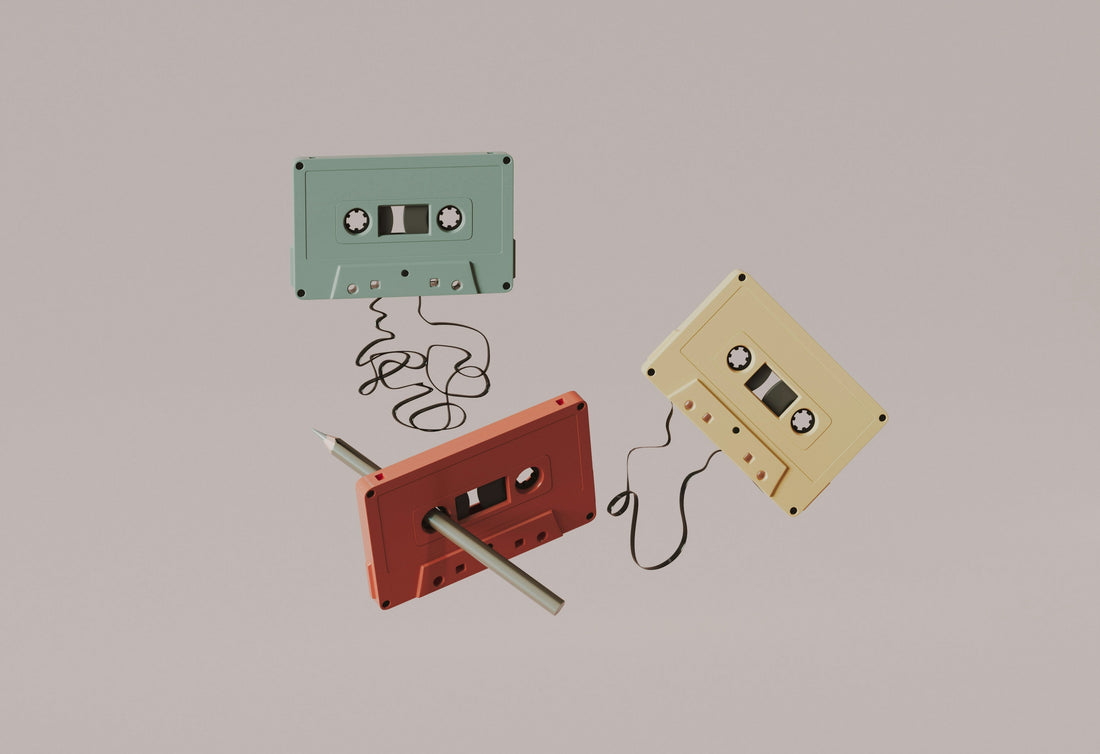
How to Repair a Broken Cassette Tape: A Do-It-Yourself Guide
Share
If you have ever put a cassette tape that you treasure in your player and all you could hear was a crack, or if the tape has been broken or even warped in the worst way possible, then you are not alone. Although cassettes are considered to be delicate, they can be repaired quite easily as long as one has the right tools and some time to work on them.
Whether your tape is jammed, broken, or just plays incorrectly, this guide will show you how to repair it.
Common Problems Encountered with Cassette Tapes and How to Solve Them
The Tape is Jammed or Won’t Play
If your cassette is not able to play, then the rollers may be locked or the tape may have come out of the compartment in the shell. First, try to disengage the spools by inserting a pen or pencil into one of the reel holes and try to rotate it. If the tape is tangled, then open the cassette shell and put the tape in the right place before closing it again.
The Tape is Wrinkled or Warped
A warped tape will produce distortion and skipping of the sound. If the tape is a bit wrinkled, then you should try to smooth it out by placing the tape on a level surface and gently wiping it with a clean cloth. In the case of severe warping, get the scissors and cut out the affected part and then join the tape with the help of splicing tape or even regular Scotch tape.
The Tape Has Snapped
If the tape is completely broken, you will have to connect the two ends. Get the pieces and place them on a flat surface so that they are fit well together. You should use a small piece of splicing tape or any clear adhesive tape for this purpose, but try not to put the tape on top of the tape too much as this will result in playback problems. To finish the repair, cut off any excess tape with a pair of scissors.
The Cassette Shell is Broken
If the plastic case is cracked or will not stay closed, it is possible to remove the tape reels from one cassette and place them into another empty cassette case. To do this, carefully unscrew both cassettes and put the spools into the new shell and screw it back together tightly.
The Sound is Muffled or Distorted
This is because of the build up of dust and dirt. Open the shell and clean the tape lightly with a cotton swab that has been soaked in isopropyl alcohol. Also, check the cassette player’s heads and rollers for dirt, as a dirty player can play back the tape incorrectly even with a clean tape.
Tools Needed for Cassette Tape Repair
• A small screwdriver to open the cassette shell (this may be included with the player)
• Splicing tape or clear adhesive tape
• Some scissors or a precision knife
• Cotton swabs and isopropyl alcohol for cleaning
• A spare cassette shell (for replacing broken cases)
• Pen or pencil (for manual rewind of tape)
Final Tips
- It is recommended that you keep your cassette tapes in a cool, dark place to prevent warping and degradation.
- Do not keep them in direct sunlight or in any other high temperature conditions as this will damage the tape.
- When handling your tapes, do not try to force a stuck cassette into a player.
- It is recommended that you perform routine maintenance on your machine to ensure that your collection remains in the best condition.
As you can see, it is quite possible to restore a broken cassette and play it again. Whether it is an old mix tape or a rare album that you are restoring, these basic repairs will help to ensure that your collection remains active and usable.
To explore more about cassettes and vinyl check out our related blogs:
Some of the Rarest Cassette Tapes
The Best Cassette Players For Retro Sound
Cassettes vs. Vinyl: Which of the Two Is More Retro?
How Vinyl Records Are Made: A Behind-the-Scenes Q & A
Essential Accessories For Vinyl Records
A Beginners Guide to Turntables: All the Information You Need
The Best Digital Turntables for Beginners: How to Get Started
The Ultimate Guide to Pairing Turntables and Speakers to Achieve the Ideal Audio Quality
